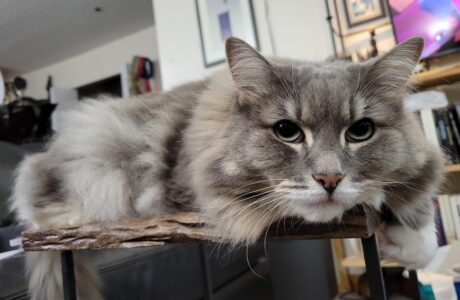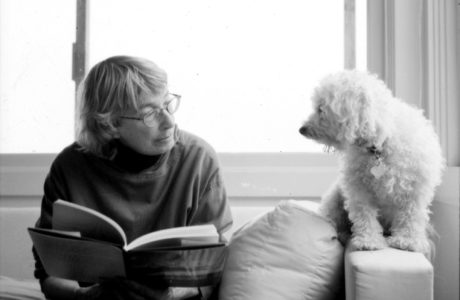It is my pleasure to welcome and interview Jane Colby on our blog today.
Jane has been writing for many years. She has a BA Hons (1st) specializing in creative writing, and was a school principal until she was hit with a severe case of ME from a virus related to polio. She runs The Young ME Sufferers Trust. Her blog is at www.methenewplague.net/blog.
My Writing Process
I was very happy Terry Gibson invited me to join her to discuss my writing pursuits. I got to know Terry through Twitter and found her own blog inspiring. Recently she posed a question about memories from childhood that sparked off just the right anecdote for a speech I was writing. Thanks, Terry!
What are you working on now?
Something I can’t wait to get on with–the next episode of my book ME – The New Plague 2. Its theme is the link between the disabling disease ‘ME’ (myalgic encephalomyelitis) and the dreadful scourge of polio, and it advocates strongly for the patient’s voice – too long drowned out – to be truly heard. Given this sobering theme, I need continuing inspiration. If it all sounds terribly ‘worthy’ and suspiciously boring, I’m happy to say that readers so far assure me it’s not!
There’s just no excuse for writing a boring book, is there? I open with a scene in a television studio … I had to lay it aside for a while because June 2014 was the 25th anniversary of the UK charity I run for children with ME at www.tymestrust.org. As part of our Fighting Injustice focus we have joined a legal action against a law that Scotland has enacted to give all children state guardians (now called Named Persons) who, it appears from the legislation, will be able to override the will of children’s parents. Now that our anniversary event in the House of Lords (Palace of Westminster) is over,and the papers filed with the Court, I can finally get into the book again.
What makes your work unusual?
Although it’s non-fiction, it’s written using creative writing techniques. I need to draw readers into it – especially those who wouldn’t choose to read about ME – I want to surprise them out of their expectations. It’s quite controversial. You could probably call it ‘friction’. It’s the first time I’ve published a book in this way, episode by episode, while I’m still writing it. Is it a blog or a book? Some readers have called it a blog. Whatever, I excitedly follow a method used by my writing hero, Charles Dickens. And that’s a buzz.
Are you a writer with a cause? Why do you write what you do?
Because I must. I long to write something different after I complete this book. Fiction, poetry, memoir, all of which I have studied and worked at, and love.
My involvement in this is the fault of my consultant microbiologist/friend, who dragged me into it, then vanished into the woodwork when our work caused a media storm! Dear Betty. But that’s another story. Most of my published work has so far been journal articles, features, guidelines, whatever works to spread knowledge of this much misunderstood disease. The rights of families to care for and educate their children in ways that help them recover must be promoted and defended. Like the mountain, this ginormous obstacle is there and I have to try to surmount it.
How does your writing process work?
Organically. Whether I’m converting longhand notes into text, or starting a piece from scratch on my computer, I usually wait until a line or two springs into my head. That indicates that my brain is ready. It takes far less time for the words and ideas to flow and it’s very like free writing. It works best for me to edit section by section, and not wait to do so in its entirety. I treat prose like poetry; each sentence must have rhythm; I must get the wording just so. I read it aloud, over and over; it must feel good in the mouth and be performance-ready. Like music. I’m far more ruthless than I was before. I prune and prune, and finally I read it out to my ‘critical reader’ who will point out anything that jars.
If I’m writing poetry, it’s always done in a notebook. I’m fussy about notebooks. I like them multicoloured with a good texture. They have to feel good in the hand. Pens too. I grew up watching my artist father produce glorious calligraphy and developed a love of aesthetic writing tools. Does that help the writing itself? Who knows? I like to think it does. If there’s a deadline, I work best right up to it. Scary, but it concentrates the mind wonderfully.
Thank you again, Terry, for the opportunity to tell people about my methods. I hope they inspire someone out there to try something new. My book episodes, and my Stripeysocks blog, are at www.methenewplague.net.




Terri and Jane…this was an extremely interesting interview. I have not heard of ME before and just from reading this post I felt intrigued and curious. I enjoyed learning about Jane’s writing process too.
Thanks Linda! I hadn’t either. At least, I hadn’t heard the term ME. I am so happy that these auto-immune illnesses are taken seriously these days. I thank Jane heartily as well.
Thanks Linda. It is fascinating. I learned a lot. Thanks again to Jane Colby for joining us.